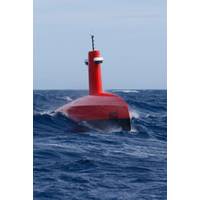
Exail sells first DriX O-16 Transoceanic USV
set new benchmarks in efficiency, endurance, and flexibility, securing the customer's confidence just three months after its christening. With its unparalleled combination of speed, endurance, and payload capacity, the DriX O-16 represents a groundbreaking step forward in Uncrewed Surface Vessel technology. It marks an exciting new chapter in the evolution of USVs and their vital role in shaping the future of modern hydrographic, survey and inspection operations.”As the maritime industry is undergoing a strategic shift toward adopting autonomous technologies and low-carbon impact solutions
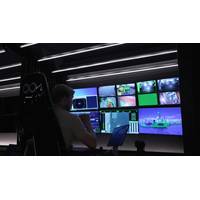
DNV Clears Ocean Infinity’s Remotely Supported Vessel Operations
activities and tasks into practice,” said Oliver Plunkett, CEO at Ocean Infinity.Ocean Infinity's achievement addresses pressing industry challenges such as rising operational costs and the need for sustainable operations and an inclusive workforce.The successful implementation of remote vessel technology bringing maritime work into the office, not only demonstrates its feasibility and safety but also sets the stage for widespread future adoption, transforming global shipping practices.“The journey towards fully autonomous and remote operation of vessels is gathering pace, and DNV is very
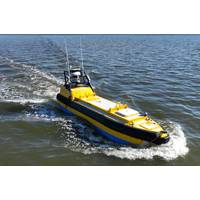
Chance Maritime Technologies' MC-29 USV Completes Long-endurance Testing
U.S.-based Chance Maritime Technologies, a startup and service provider of uncrewed vessel technology, reports it has completed long-endurance commissioning trials of its MC-29: a 29-foot-long, mission-capable USV that operates at high power with long endurance. The vehicle completed over 40 total operational days, which included 24 operational days of 24-hour operation in Vermilion Bay and the Gulf of Mexico.This new class of utility vessel offers kilowatts of continuously available payload power, 30+ day endurance, a 19” payload rack, moon pool, active gyro stabilization, and high-bandwidth
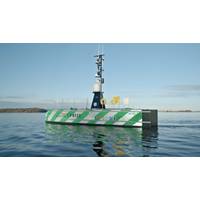
SEA-KIT to Expand Fleet with New 12m USV
; back in 2015. The fact that this will be the sixth build of this class is testament to its robust and now well proven design. We want to continue to push boundaries in other sectors of the maritime industry and this new addition to our fleet will enable us to demonstrate the benefits of uncrewed vessel technology to new markets.”According to Sea-KIT, the latest build is set to be even more versatile and fuel-efficient than its predecessors, with the potential for three differentpropulsion packages within one hull: diesel-electric, hybrid, and hydrogen hybrid. SEA-KIT is currently leading

OPT Buys Autonomous Surface Vehicle Maker MAR
variety of market opportunities. With its experienced MAR team joining our team, OPT is well-positioned to bring added value to potential customers while expanding our reach into new markets and building revenue."Mark Gundersen, MAR President, and CEO - "We believe that our ultra-light vessel technology aligns extremely well with OPT's offshore power and data solutions and engineering services. With over 70 WAM-Vs in 10 countries, we are changing the way humans go to sea. Together I am confident that we can accelerate the growth of our WAM-V platform in defense and commercial markets."
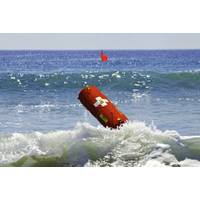
EMILY: Hydronalix Finds new Uses for Unmanned Surface Vessel Technology
EMILY may be a small unmanned surface vessel (USV), but she’s a big idea that keeps getting bigger.EMILY is the Emergency Integrated Life-saving Lanyard, made Hydronalix of Sahuarita, Ariz. It is a rugged, light-weight flotation device for up to six people that can also bring them back to shore and safety. The remotely-controlled USV can be rapidly deployed from the shore, off a bridge, or from a boat or aircraft to help people in danger of drowning. EMILY was launched by Hydronalix CEO Tony Mulligan and Executive VP Bob Lautrup with a series of Navy sponsored Small Business Innovation
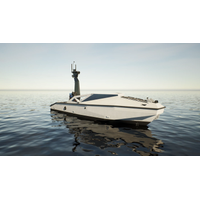
Metal Shark Developing Autonomous Vessel for US Marine Corps
the development of technical publications and manuals in support of the LRUSV program.The LRUSV program is the latest in a long string for Metal Shark’s Sharktech Autonomous Vessels division, a wholly-owned subsidiary launched in 2018 and specifically focused on the advancement of unmanned vessel technology.“Metal Shark has designed, built, and delivered over 400 autonomous and remotely operated vessels to date,” Allard said. “As we develop and deploy the LRUSV system for the Marine Corps, we will continue to work with clients across government and commercial markets, integrating
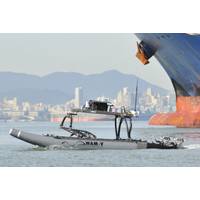
New WAM-V Distributor for Australia
is a key market for us as one of the global leaders in the use of autonomous solutions to address the challenges facing our oceans,” said Mark Gundersen, President and CEO of Marine Advanced Robotics. Marine Advanced Robotics is the sole designer and manufacturer of the WAM-V, a vessel technology designed to provide stability, portability and scalability to the marine industry. WAM-Vs range in size from 2.5 meters to 30 meters.“We have a number of WAM-Vs in Australia doing some great work, and we are pleased to be represented by one of the premier suppliers of blue technology
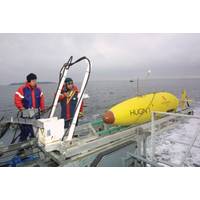
Unmanned Vehicles: 25 Years of Milestones
missions today.ASVs Now In recent years ASVs have proliferated, especially small systems for shoreside use. In the domain of ocean-going systems there are fewer players. ASV Global, now L3 ASV, pioneered this area, specializing in the development, supply, and integration of unmanned surface vessel technology. They offer a range of complete USV systems from two to fifteen meters in length. In addition to L3 ASVs’ product range the company is undertaking projects to convert ships and small craft for unmanned operations. The wide product range allows ASV to provide varying and proven solutions


 February 2025
February 2025





